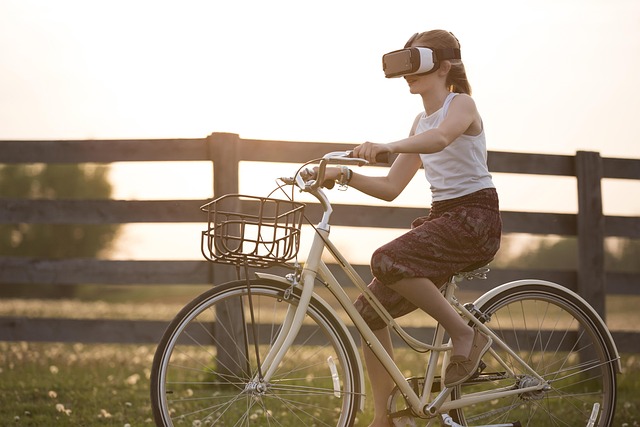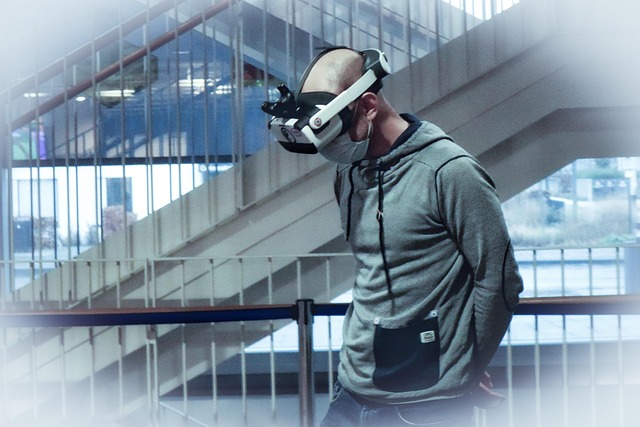The landscape of education is undergoing a profound transformation thanks to the advent of technology and innovative E-learning applications. In particular, Virtual Reality (VR), Augmented Reality (AR), and the Metaverse are reshaping how learners interact, absorb information, and foster meaningful connections within educational contexts.
Virtual Reality stands at the forefront of immersive learning experiences. It creates richly detailed environments that allow users to dive into different scenarios, from historical events to complex scientific principles. Imagine a student learning about ancient Rome not from a textbook, but by walking through an interactive simulation, engaging with digital avatars representing historical figures and participating in real-time discussions. This level of interaction fosters a deeper understanding of the subject matter and appeals to diverse learning styles, making education more accessible and engaging.
On the other hand, Augmented Reality brings a unique twist by blending the physical world with digital information. With AR-enhanced E-learning applications, students can see 3D models overlayed on their surroundings through mobile devices or AR glasses. For instance, in a biology class, students might explore the anatomy of a human body, where they can visualize and manipulate organs as holograms. This not only makes learning interactive but also cultivates critical thinking skills as students engage directly with complex concepts in a tangible manner.
The Metaverse, an expansive collective virtual space, is another frontier in E-learning applications. It offers a platform for users to interact in 3D virtual environments, making the learning experience socially enriching. In this realm, educators can create classrooms that transcend geographical boundaries, allowing collaboration among students from diverse backgrounds. Workshops, seminars, and group projects can be conducted in fully immersive settings, enhancing teamwork and communication skills crucial for the workforce of tomorrow. They can meet Avatars of their peers, participate in live discussions, and work together on projects in a way that feels real, creating a sense of community that traditional learning methods often lack.
As we explore these possibilities, it’s essential to acknowledge the potential challenges that accompany these revolutionary changes. Accessibility to technology must be addressed to ensure that all students can benefit from E-learning applications. Furthermore, educators need proper training to harness these tools effectively, creating a smooth transition from traditional teaching methods to innovative, tech-driven approaches. However, the benefits are undeniable. By integrating VR, AR, and Metaverse technologies into E-learning applications, we can create a dynamic educational ecosystem that emphasizes interaction, engagement, and practical skills.
As we further investigate the intersection of technology and education, these evolving applications promise not just to enhance learning experiences, but also to ignite passion and curiosity among learners of all ages. The classroom of the future is not bound by walls but expanded into limitless digital landscapes, waiting for students to explore. With each technological advancement, we move closer to realizing the full potential of interactive E-learning, cultivating the next generation of thinkers, creators, and leaders in an increasingly interconnected world.




